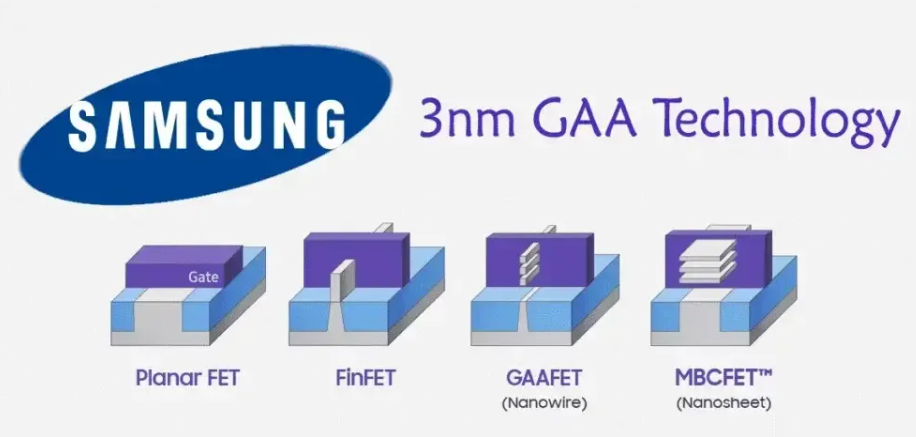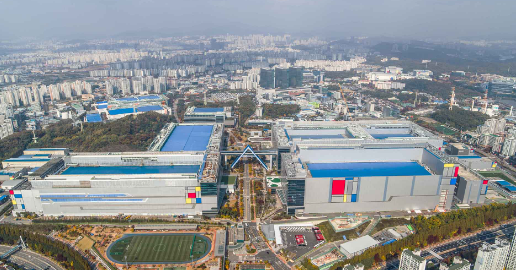Even though Samsung’s 3nm GAA process is arguably faster than TSMC’s N3B at this point, the early win does not mean a whole lot if yields do not improve in order to attract customers. Rumor has it that this goal was set by Samsung during the evaluation of its first and second-generation 3nm GAA nodes, with a target yield of 70 percent not yet met. This is possibly why Samsung has found it difficult to sign up new customers for this tech. Indeed, whispers suggest that second-generation 3nm GAA yields are poor — lower than one-third of the target.

Table of Contents
Samsung’s 3nm GAA Yields Fall Short of 70% Target, Struggling to Reach One-Third
As per some reports from yeux1122’s blog, Samsung yields for both its 1st and 2nd gen 3nm GAA process are quite low at the moment. The first generation, dubbed ‘SF3E-3GAE,’ has reached up to 50-60 percent yields which is good but still lagging behind the original goal of 70 percent. Those yields really need to get a lot better if Samsung wants to win over more customers.

The low yields from Samsung, however, are cited as a major reason behind Qualcomm opting for TSMC’s 3nm ‘N3E’ architecture on the Snapdragon 8 Elite over Samsung’s more advanced 3nm GAA. Meanwhile, the second-generation 3nm process is reportedly performing much worse, with yields as low as 20 percent—less than one-third of the target. As a result, even South Korean firms that once worked with Samsung have moved to TSMC for its more reliable nodes.

At this point, it seems that Samsung’s 3nm GAA technology is not yielding the expected results, prompting the company to shift focus toward its 2nm node. Reports suggest that Samsung is developing an Exynos chipset on the ‘SF2P’ technology, codenamed ‘Ulysses,’ which is expected to debut in 2027 on a Galaxy S27 model. This could represent a new opportunity for Samsung, and the company may need to make the most of it.
FAQs
What is Samsung’s target yield for its 3nm GAA process?
Samsung aimed for a 70% yield for its first and second-generation 3nm GAA nodes.
Why did Qualcomm choose TSMC over Samsung for Snapdragon 8?
Qualcomm opted for TSMC’s 3nm due to Samsung’s low 3nm GAA yields.








